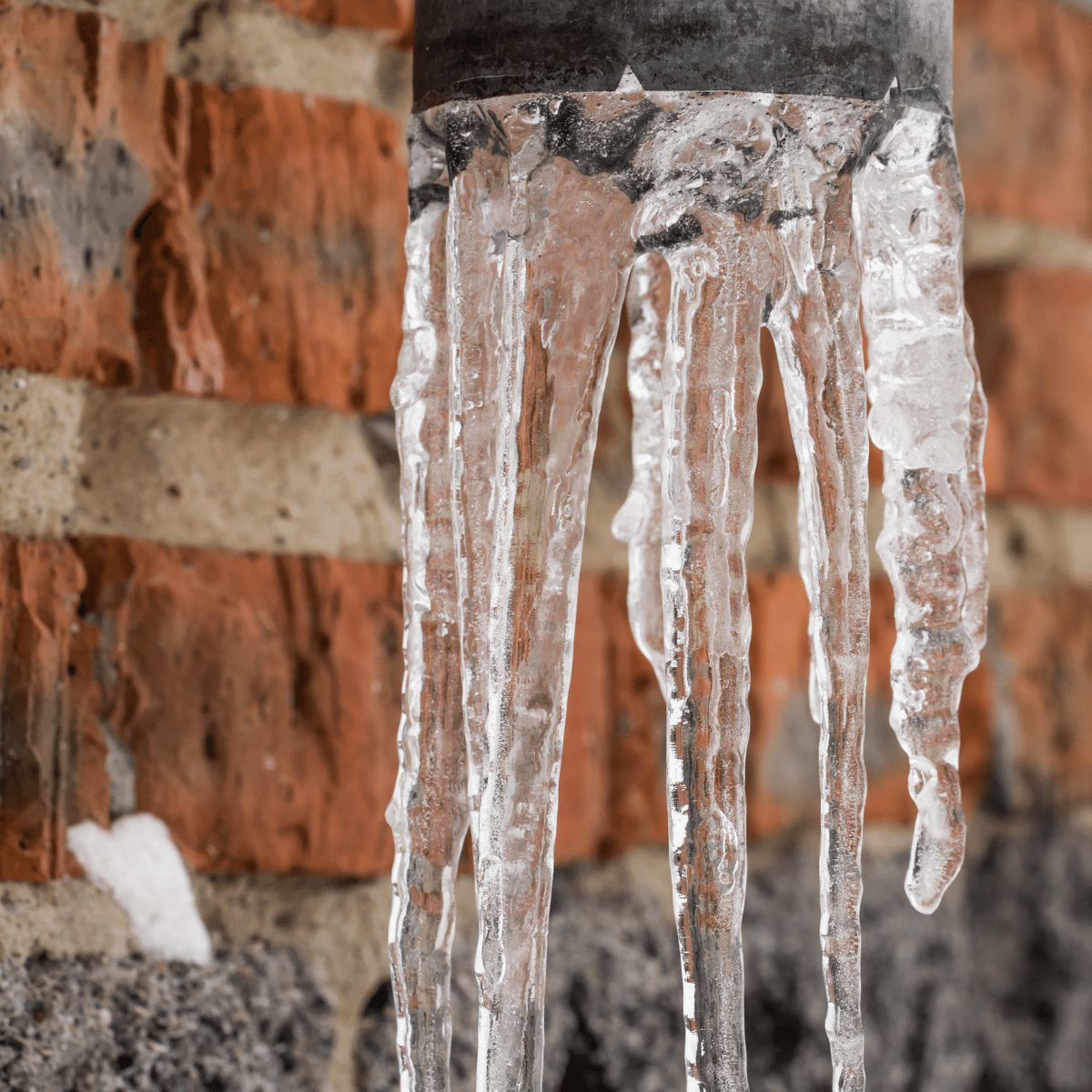Protecting Against Frozen Plumbing in Winter: Pro Tips
Protecting Against Frozen Plumbing in Winter: Pro Tips
Blog Article
The writer is making several great observations related to Prevent Frozen Pipes in general in this post down below.

Winter can ruin your plumbing, particularly by freezing pipes. Below's exactly how to prevent it from happening and what to do if it does.
Intro
As temperatures decline, the danger of frozen pipelines boosts, possibly causing costly fixings and water damage. Recognizing just how to avoid icy pipes is crucial for homeowners in cold environments.
Prevention Tips
Shielding at risk pipes
Wrap pipes in insulation sleeves or utilize warmth tape to protect them from freezing temperatures. Concentrate on pipelines in unheated or exterior areas of the home.
Home heating strategies
Keep interior spaces appropriately heated, especially areas with plumbing. Open cupboard doors to enable cozy air to distribute around pipelines under sinks.
Exactly how to determine icy pipelines
Try to find reduced water flow from faucets, unusual odors or sounds from pipelines, and noticeable frost on revealed pipelines.
Long-Term Solutions
Structural adjustments
Consider rerouting pipelines far from exterior walls or unheated locations. Add extra insulation to attic rooms, cellars, and crawl spaces.
Upgrading insulation
Buy high-grade insulation for pipelines, attic rooms, and walls. Correct insulation helps preserve regular temperatures and lowers the risk of frozen pipelines.
Protecting Exterior Plumbing
Yard hoses and outdoor faucets
Separate and drain pipes garden hose pipes before wintertime. Mount frost-proof spigots or cover outdoor faucets with insulated caps.
Comprehending Icy Pipelines
What triggers pipelines to freeze?
Pipes ice up when exposed to temperatures listed below 32 ° F (0 ° C) for expanded durations. As water inside the pipelines freezes, it broadens, putting pressure on the pipe wall surfaces and possibly creating them to rupture.
Threats and problems
Icy pipes can lead to water disturbances, building damages, and costly fixings. Burst pipes can flood homes and cause substantial architectural damages.
Indications of Frozen Water Lines
Recognizing icy pipes early can avoid them from rupturing.
What to Do If Your Pipes Freeze
Immediate actions to take
If you believe icy pipelines, keep faucets open up to soothe stress as the ice melts. Use a hairdryer or towels taken in hot water to thaw pipes gradually.
Final thought
Preventing icy pipes requires positive steps and fast reactions. By understanding the reasons, signs, and safety nets, homeowners can secure their plumbing during winter.
6 Proven Ways to Prevent Frozen Pipes and Protect Your Home
Disconnect and Drain Garden Hoses
Before winter arrives, start by disconnecting your garden hoses and draining any remaining water. Close the shut-off valves that supply outdoor hose bibs and leave the outdoor faucet open to allow any residual water to drain. For extra protection, consider using faucet covers throughout the colder months. It’s also important to drain water from any sprinkler supply lines following the manufacturer’s directions.
Insulate Exposed Pipes
Insulating your pipes is an effective way to prevent freezing. Pipe insulation is readily available at home improvement stores and is relatively inexpensive. Pay close attention to pipes in unheated areas such as the attic, basement, crawl spaces, or garage. Apply foam insulation generously to create a buffer against the cold. You can also wrap your pipes in heat tape or thermostat-controlled heat cables for added warmth.
Seal Air Leaks
Inspect your home for any cracks or openings that could let in cold air. Seal any holes around the piping in interior or exterior walls, as well as the sill plates where your home rests on its foundation. Additionally, make sure to keep your garage door closed unless you’re entering or exiting. Leaving it open creates a significant air leak that can lead to frozen pipes.
Allow Warm Air Circulation
During cold snaps, it’s essential to allow warm air to circulate evenly throughout your home. Leave interior doors ajar to promote better airflow. Open kitchen and bathroom cabinets to help distribute heat consistently around the rooms. If you have small children or pets, be sure to remove any household chemicals or potentially harmful cleaners from open cabinets for safety.
Let Faucets Drip
A small trickle of water can make a big difference in preventing ice formation inside your pipes. When temperatures drop significantly, start a drip of water from all faucets served by exposed pipes. This continuous flow helps prevent the water from freezing. Additionally, running a few faucets slightly can relieve pressure inside the pipes, reducing the chances of a rupture if the water inside does freeze.
https://choateshvac.com/6-proven-ways-to-prevent-frozen-pipes-and-protect-your-home/

We were made aware of that article on How to prepare your home plumbing for winter weather from a buddy on a different domain. Sharing is caring. Who knows, you may just be doing someone a favor. I enjoy your readership.
Click On This Link Report this page